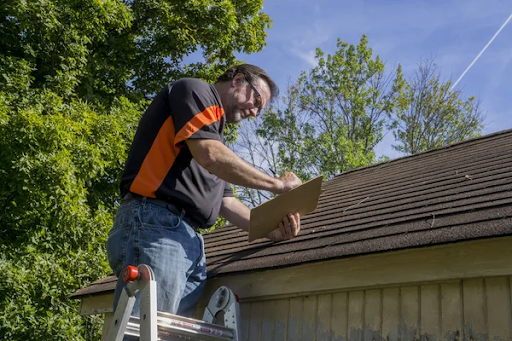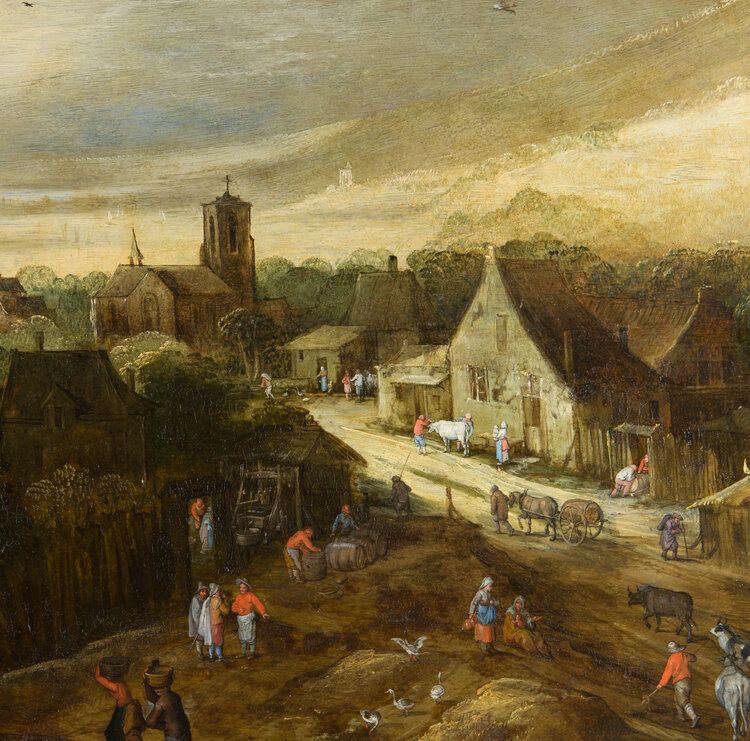Your roof is your home’s first line of defense against the elements, but it often bears the brunt of severe weather conditions, including hailstorms. Hail damage can be a silent menace, gradually deteriorating your roof’s integrity and causing leaks, mold growth, and even structural damage. To safeguard your investment, it’s crucial to perform regular hail damage roof inspections. In this guide, we’ll delve into the importance of roof inspections, signs of hail damage, and how to conduct a comprehensive inspection to ensure your roof remains strong and resilient.
Understanding Hail Damage
Hail damage can be deceptive. While some hailstorms leave visible damage, others may not show immediate signs. However, even minor hail impacts can weaken your roof over time, leading to costly repairs down the road. Common signs of hail damage include:
Dented or Bruised Shingles: Hail can leave dents or bruises on your shingles, which may not be immediately visible from the ground.
Cracked or Missing Shingles: Hail can cause shingles to crack or even tear off, leaving your roof vulnerable to leaks.
Granule Loss: Examine your gutters and downspouts for an accumulation of granules, which protect shingles from UV rays. Loss of granules can lead to premature aging of the roof.
Soft Spots: Hail can weaken the underlying structure, making your roof feel soft or spongy when walked upon.
Water Stains or Leaks: Interior water stains or leaks are clear indicators of roof damage.
How to Conduct a Hail Damage Roof Inspection
Safety: Use a sturdy ladder, wear non-slip shoes, and consider having a helper on the ground for support.
Check from the Ground: Start with a visual inspection from the ground. Look for loose or missing shingles, dents, or signs of granule loss. Binoculars can help you get a closer look.
Inspect the Attic: Inside your attic, look for signs of leaks or water stains on the ceiling and walls. These are red flags for roof damage.
Examine the Gutters: Inspect your gutters and downspouts for an accumulation of granules. This can indicate shingle damage.
Climb the Roof: If it’s safe to do so, carefully climb onto your roof. Walk the entire surface, checking for soft spots or damaged shingles. Pay special attention to valleys and areas with flashing.
Take Photos: Document any damage you find with photographs. These will be useful for insurance claims or when discussing repairs with a roofing professional.
Consult a Professional: If you’re uncomfortable with the inspection or discover damage, it’s advisable to consult a roofing professional. They have the expertise to identify and address hail damage effectively.
Repairs and Insurance
If you discover hail damage during your inspection, don’t delay repairs. Prompt action can prevent further damage and save you money. Contact a reputable roofing contractor for an assessment and estimate. Additionally, reach out to your insurance provider to report the damage. Most homeowners’ insurance policies cover hail damage, but it’s essential to understand your coverage and follow the necessary steps to make a claim.
Remember that safety comes first, and if you’re unsure about inspecting your roof yourself, consult a professional roofing contractor to ensure your roof remains strong and resilient against the forces of nature.
The Importance of Inspection
Regular roof inspections are your best defense against hidden hail damage. Neglecting inspection can lead to a minor issue escalating into a major, costly repair or even a full roof replacement. Inspections help you catch problems early, allowing for timely repairs that extend the lifespan of your roof and protect your home’s interior. Moreover, some insurance policies may require regular inspections to maintain coverage if you’re in an area prone to hailstorms.
Conclusion
A hail damage roof inspection is vital to home maintenance, especially if you live in an area prone to severe weather. By regularly checking for hail damage, you can catch issues early and ensure the longevity of your roof. Whether you find minor damage or significant issues, prompt repairs are essential to protect your home and preserve its value.



